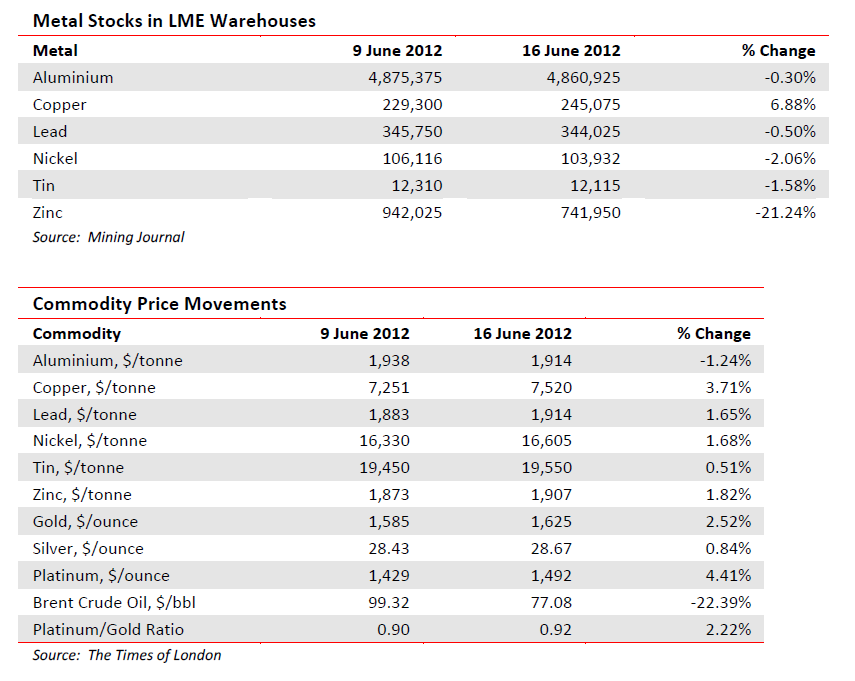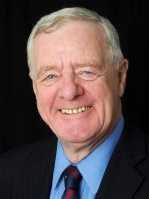Nyheter
The Aluminium Producers make a case
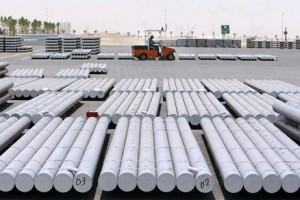 Whilst warehouse stocks scarcely stirred, prices for choice moved up, not much, but up. The involved producers all talked a good game. Rio Tinto said we shall face a supply deficit in aluminium in 2013. Alcoa says we are going to make car bodies out of that lightweight metal. Barclays Bank says commodity prices are in ‘no mans land’. S&P says there are rough times ahead for nickel and zinc. Who to believe and does it matter? Good thing it is not serious. Aluminium: just to remind, the world’s largest producers are:
Whilst warehouse stocks scarcely stirred, prices for choice moved up, not much, but up. The involved producers all talked a good game. Rio Tinto said we shall face a supply deficit in aluminium in 2013. Alcoa says we are going to make car bodies out of that lightweight metal. Barclays Bank says commodity prices are in ‘no mans land’. S&P says there are rough times ahead for nickel and zinc. Who to believe and does it matter? Good thing it is not serious. Aluminium: just to remind, the world’s largest producers are:
Rio says the high cost capacity cuts this year will give us a supply deficit in 2013. There has been zero growth on the supply side for some years, only low energy cost producers are in with a shout and the high cost ones are baling out.
Alcoa took 500,000t out at the start of this year, Norsk Hydro did 180,000t and Rio is also cutting back. But this is a 40Mtpa market with almost 5Mt in LME warehouses. Now, Alcoa is building a 740,000 tpa smelter in Saudi Arabia and China, 40% of world metal production, is producing regardless.
Aluminium Car Bodies. Not a new idea this. The reason why most units of Britain’s iconic Land Rover, first produced in 1948, are still running is that they had aluminium bodies. Its availability arose from the scrapping of wartime aeroplanes.
Not only was it cheap, it was, and still is, more malleable and lighter than steel. Rustproof, too. Then it became expensive when fuel was cheap and weight not a consideration. So steel took over. Now fuel is expensive and aluminium is relatively cheap again. Alcoa (No 2 in the metal’s production) says aluminium is making a comeback and its demand in the automobile market will double by 2025. Current demand is c 11.5 Mt out of a total usage of 40Mt or almost 30%. The other end uses will not go away so this could become an extra 12Mtpa. We presently have an oversupplied market, but the lead time to new mined and refined production can be up to 10 years. The current price languishes below $2000/t having seen almost $4000/t in 1990 and $3000/t in the heady 2006-9 period. Neither might this move please the carmakers if their units last 40 years instead fo 20. Gnashing of teeth, too, from the zinc miners whose major outlet is galvanising steel to rustproof it. This is one to watch.
Nickel, too, is in oversupply so mixed reaction to news of what might become a major mine in South Africa’s Bushveld Complex, home to most of the world’s platinum. Announced by AIM-quoted URU Metals (URU.L 5.25; Hi-Lo 11.0p-4.5p), they speak of 25,000 tpy metal at a price (quotes Mining Weekly) of almost $4/lb including CAPEX. That is about $8500/t compared with a current $16,600/t, itself a long way from historic highs. Buoyed by this they speak of an IRR of 25.7% and a 3.8 year payback. URU’s two partners are South Africa Nickel and BEE group UNMEX.
We were treated to mixed views on Zinc this week, the bullish one from Selwyn Resources which has a mega, low grade deposit in Canada’s Yukon Territory. The Selwyn story is based on the rapid rate of closure of some historic, high grade mines, particularly in Canada and the dearth of replacements, which it intends to rectify. As ever, the Chinese position is they key. That country is the largest metal producer (31% compared with No 2 Peru at 12%), consumer (43% vs the USA, next at 7%) and 3rd largest importer at 10% following Germany and USA. It shows little sign of abating but this has not reduced the near record level of warehouse stocks. Mining of zinc outside China has become two-way traffic. Anglo and Exxaro are exiting. The latter has completed the R931M ($110M) sale of its Namibian, Rosh Pinah mine to Glencore. That company is already the most potent force in zinc marketing. Should its merger with Xstrata take place, the combined group would control c.15% of world smelter production. That alone does not signify success; ask Rio with its grip on the aluminium market.
The London Metal Exchange, the oldest and largest of its type, has been bought by Hong Kong Exchanges and Clearing. They paid £1.4bn in a deal concluded Friday June 15th 2012. Now it should be upwards and onwards, with warehouses and open trading in China. Whilst the LME is big in physical metals, through its international network of warehouses, it also transacts about 20% of the futures business. The Chinese have always been a bit dubious of futures, considering them speculative. Wait until they get the hang of it.
[hr]
About David Hargreaves
David Hargreaves is a mining engineer with over forty years of senior experience in the industry. After qualifying in coal mining he worked in the iron ore mines of Quebec and Northwest Ontario before diversifying into other bulk minerals including bauxite. He was Head of Research for stockbrokers James Capel in London from 1974 to 1977 and voted Mining Analyst of the year on three successive occasions.
Since forming his own metals broking and research company in 1977, he has successfully promoted and been a director of several public companies. He currently writes “The Week in Mining”, an incisive review of world mining events, for stockbrokers WH Ireland. David’s research pays particular attention to steel via the iron ore and coal supply industries. He is a Chartered Mining Engineer, Fellow of the Geological Society and the Institute of Mining, Minerals and Materials, and a Member of the Royal Institution. His textbook, “The World Index of Resources and Population” accurately predicted the exponential rise in demand for steel industry products.
Nyheter
Gruvbolaget Boliden överträffade analytikernas förväntningar
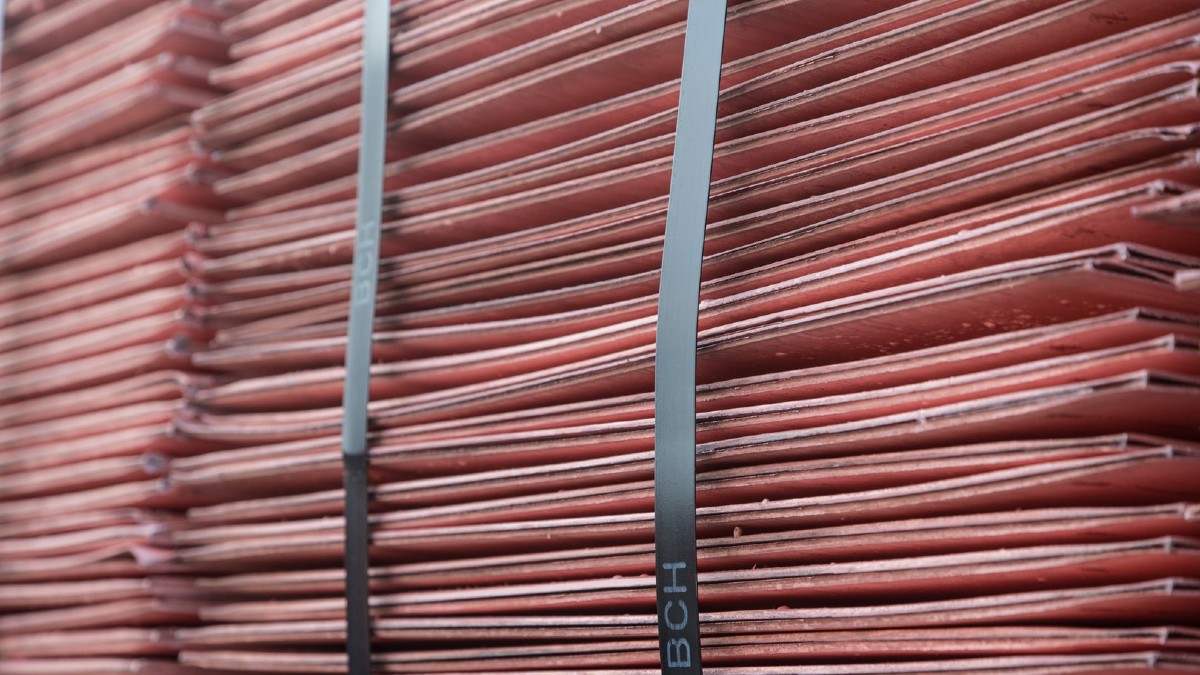
Gruvbolaget Boliden överträffade analytikernas förväntningar med bred marginal när man presenterade resultatet för det tredje kvartalet. Mikael Staffas, vd för Boliden, kommenterar kvartalet och hur han ser på råvarumarknaden och bolagets olika gruvprojekt.
Nyheter
Australien och USA investerar 8,5 miljarder USD för försörjningskedja av kritiska mineraler
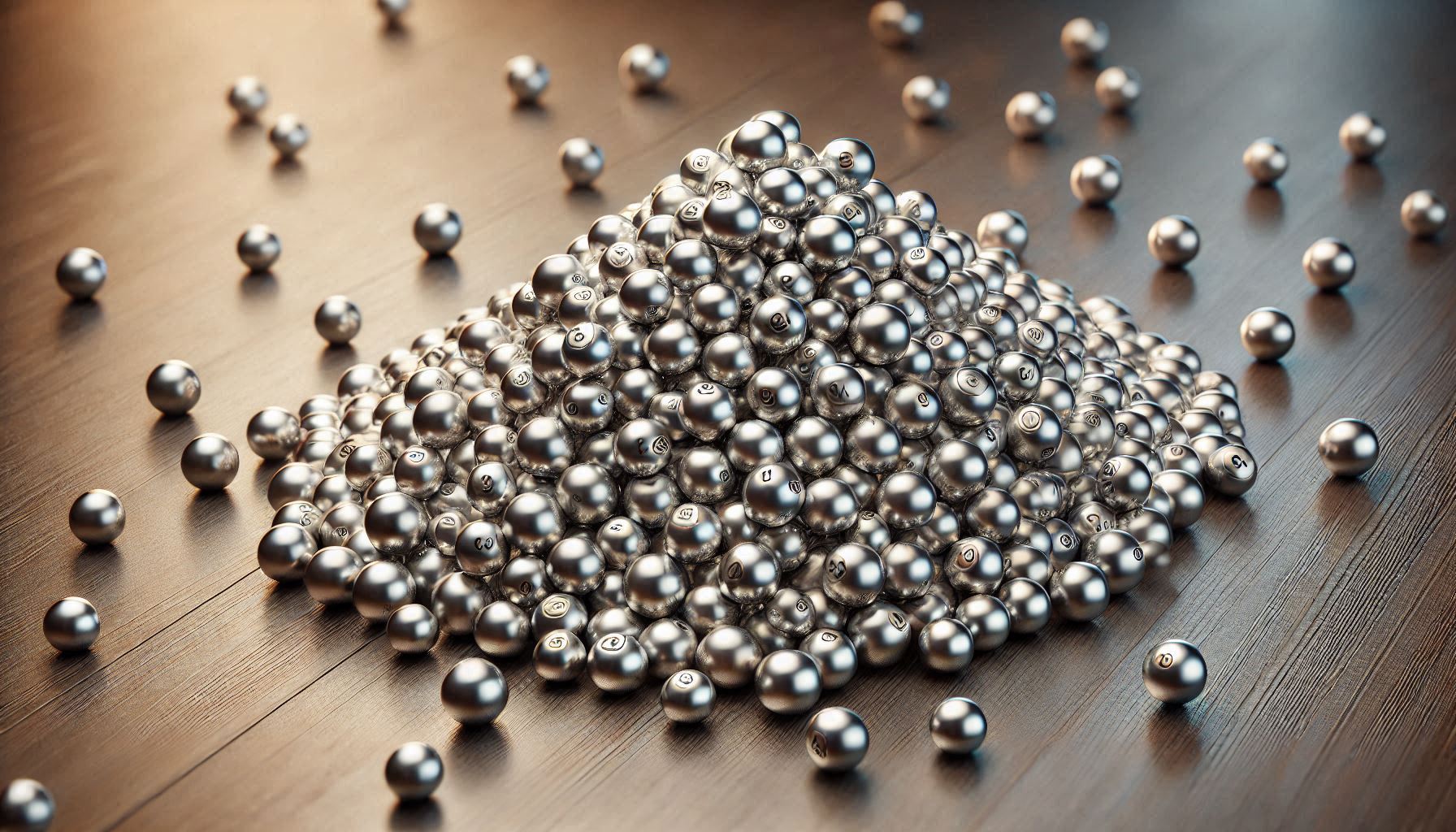
USA:s president Donald Trump och Australiens premiärminister Anthony Albanese undertecknade på måndagen ett avtal som ska tillföra miljarder dollar till projekt inom kritiska mineraler.
Länderna kommer tillsammans att bidra med 1-3 miljarder dollar till projekten under de kommande sex månaderna. Den totala projektportföljen är värd 8,5 miljarder dollar, enligt regeringarna.
Galliumraffinaderi med kapacitet för 5x USA:s efterfrågan
Som en del av avtalet kommer det amerikanska försvarsdepartementet även att investera i ett galliumraffinaderi i västra Australien med en kapacitet på 100 ton per år. För närvarande importerar USA omkring 21 ton gallium, vilket motsvarar hela den inhemska konsumtionen, enligt den amerikanska geologiska myndigheten.
Initiativet kommer samtidigt som Kina har infört exportrestriktioner på vissa mineraler, däribland sällsynta jordartsmetaller, som är avgörande för tillverkningen av elektronik och elmotorer. Gallium används till exempel i mikrovågskretsar samt blå och violetta lysdioder (LED), vilka kan användas för att skapa kraftfulla lasrar.
Nyheter
Vad guldets uppgång egentligen betyder för världen

Guldpriset har nyligen nått rekordnivåer, över 4 000 dollar per uns. Denna uppgång är inte bara ett resultat av spekulation, utan speglar djupare förändringar i den globala ekonomin. Bloomberg analyserar hur detta hänger samman med minskad tillit till dollarn, geopolitisk oro och förändrade investeringsmönster.
Guldets roll som säker tillgång har stärkts i takt med att förtroendet för den amerikanska centralbanken minskat. Osäkerhet kring Federal Reserves oberoende, inflationens utveckling och USA:s ekonomiska stabilitet har fått investerare att söka alternativ till fiatvalutor. Donald Trumps handelskrig har också bidragit till att underminera dollarns status som global reservvaluta.
Samtidigt ökar den geopolitiska spänningen, särskilt mellan USA och Kina. Kapitalflykt från Kina, driven av oro för övertryckta valutor och instabilitet i det finansiella systemet, har lett till ökad efterfrågan på guld. Även kryptovalutor som bitcoin stiger i värde, vilket tyder på ett bredare skifte mot hårda tillgångar.
Bloomberg lyfter fram att derivatmarknaden för guld visar tecken på spekulativ överhettning. Positioneringsdata och avvikelser i terminskurvor tyder på att investerare roterar bort från aktier och obligationer till guld. ETF-flöden och CFTC-statistik bekräftar denna trend.
En annan aspekt är att de superrika nu köper upp alla tillgångsslag – aktier, fastigheter, statsobligationer och guld – vilket bryter mot traditionella investeringslogiker där vissa tillgångar fungerar som motvikt till andra. Detta tyder på att marknaden är ur balans och att kapitalfördelningen är skev.
Sammanfattningsvis är guldets prisrally ett tecken på en värld i ekonomisk omkalibrering. Det signalerar misstro mot fiatvalutor, oro för geopolitisk instabilitet och ett skifte i hur investerare ser på risk och trygghet.
-
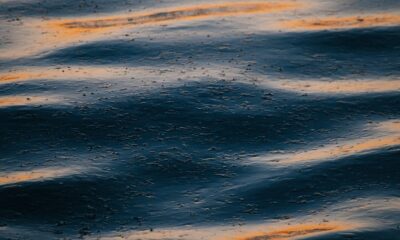
 Nyheter4 veckor sedan
Nyheter4 veckor sedanOPEC+ missar produktionsmål, stöder oljepriserna
-

 Nyheter2 veckor sedan
Nyheter2 veckor sedanGoldman Sachs höjer prognosen för guld, tror priset når 4900 USD
-

 Nyheter4 veckor sedan
Nyheter4 veckor sedanEtt samtal om guld, olja, fjärrvärme och förnybar energi
-
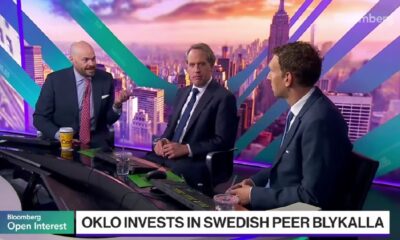
 Nyheter3 veckor sedan
Nyheter3 veckor sedanBlykalla och amerikanska Oklo inleder ett samarbete
-
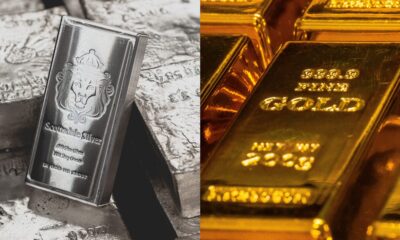
 Nyheter3 veckor sedan
Nyheter3 veckor sedanGuld nära 4000 USD och silver 50 USD, därför kan de fortsätta stiga
-

 Analys4 veckor sedan
Analys4 veckor sedanAre Ukraine’s attacks on Russian energy infrastructure working?
-

 Nyheter3 veckor sedan
Nyheter3 veckor sedanEtt samtal om guld, olja, koppar och stål
-
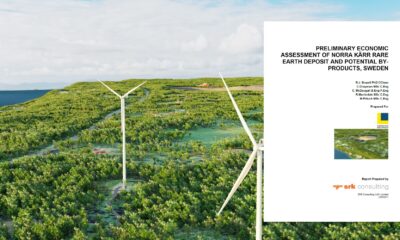
 Nyheter2 veckor sedan
Nyheter2 veckor sedanLeading Edge Materials är på rätt plats i rätt tid



